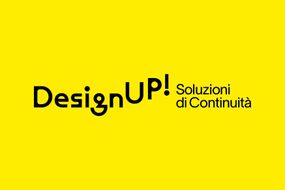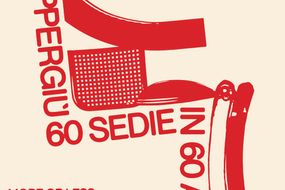From 10 May to 23 November 2025

Riva del Carbon, Venice, Italy
Opening hours
| opens - closes | last entry | |
| monday | 10:00 - 18:00 | |
| tuesday | Closed now | |
| wednesday | 10:00 - 18:00 | |
| thursday | 10:00 - 18:00 | |
| friday | 10:00 - 18:00 | |
| saturday | 10:00 - 18:00 | |
| sunday | 10:00 - 18:00 |
Temporarily closed to prepare for the upcoming Time, Space, Existence exhibition, opening May 20, 2023.

From 25 May to 31 December 2025
Historical Collection of the Compasso d'Oro

ADI Design Museum, Milan

Artsupp Card: museum + exhibitions 12.00 €

From 22 June to 31 August 2026
DesignUP - Continuity Solutions

ADI Design Museum, Milan

Artsupp Card: museum + exhibitions 12.00 €

From 3 April to 26 February 2026
Below 60 chairs in 60 years

Vico Magistretti Foundation, Milan

Artsupp Card: museum + exhibitions 3.00 €